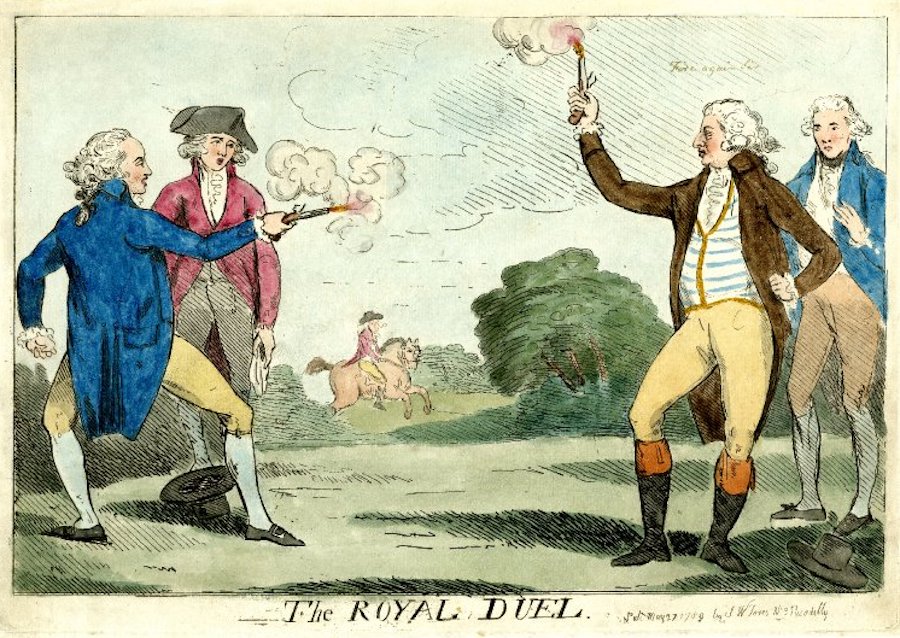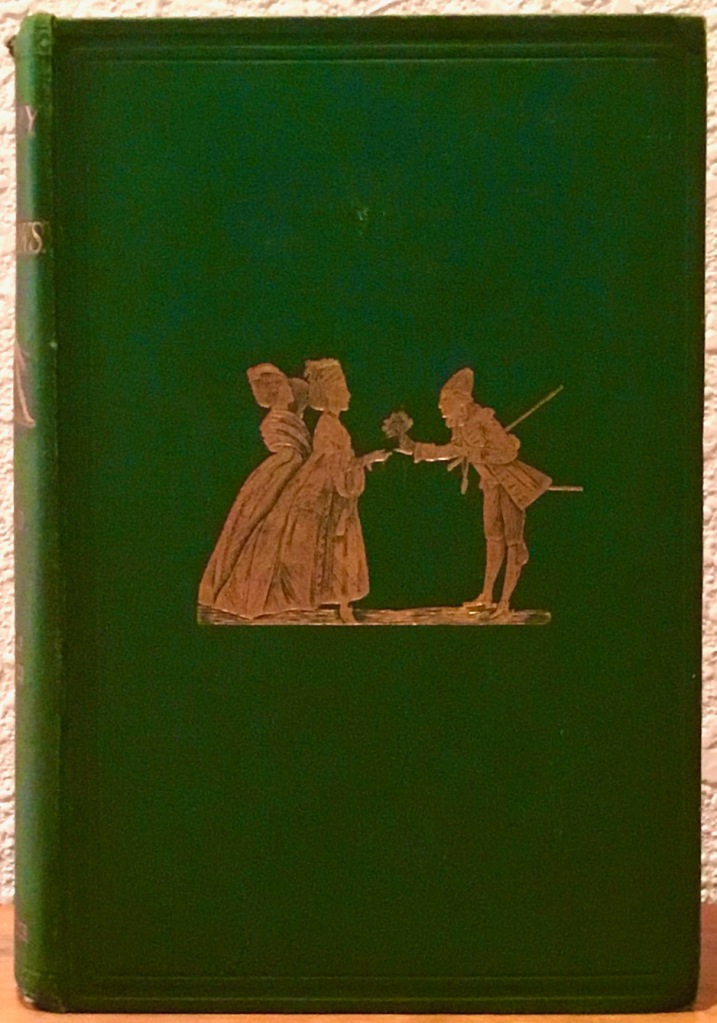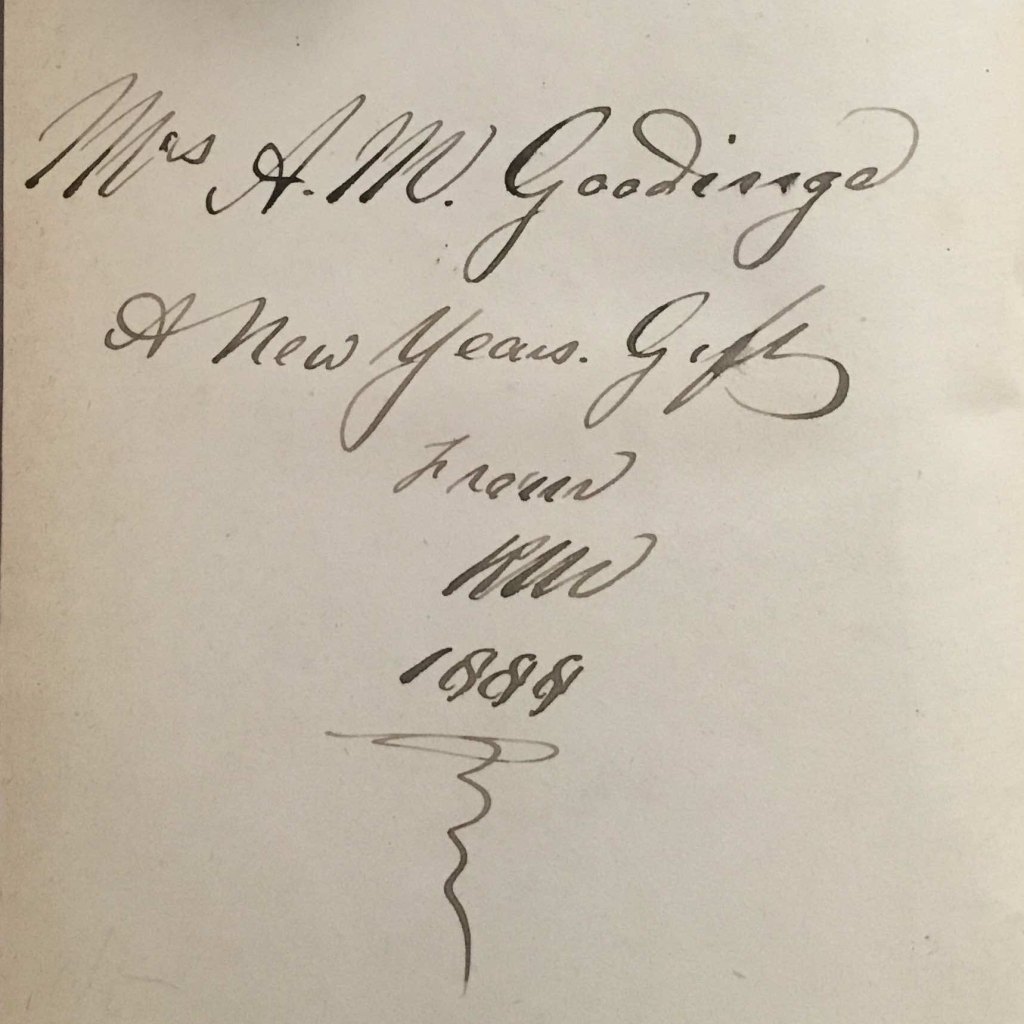Today is opening day at Wimbledon. If my stepmom were still alive, I know I could find her sitting on the couch in front of the tv, savoring every moment. To her credit, she didn’t just like to watch tennis matches. She played tennis until she was well into her eighties. Another tennis aficionado was Prince Frederick, the Duke of York. He was the second son and the favorite of King George III. One of the men who played matches against Frederick was his good friend, Jack St. Leger, who was a lieutenant colonel in the 1st Foot Guards (now known as the Grenadier Guards).
Long before the existence of the All England Lawn Tennis and Croquet Club, Frederick fought a duel against Charles Lennox, the future Duke of Richmond, at Wimbledon Commons, a London park located about a mile from the site of the Wimbledon Championships. Frederick was 25-years-old, a lieutenant general, and the commander of the Coldstream Guards. Charles Lennox, at 24-years old, had recently been promoted to lieutenant colonel and was posted to Frederick’s prestigious regiment, thanks to Prime Minister William Pitt’s influence over King George. In a breach of protocol, Frederick was given no say in this, but he was gracious about it.
Charles Lennox was an arrogant young man, who frequently insulted Frederick and his older brother, George, Prince of Wales. He knew that there would be no harsh consequence for his loose tongue, because the superior ranks of these Royal Princes precluded them from challenging him to a duel. Frederick was particularly offended by the repeated insults directed towards his brother George. One night at a gentlemen’s club frequented by army officers, Jack St. Leger called out Charles Lennox for these insults and his cowardice, but Charles ignored him. Soon afterward, Frederick was telling people that Charles had failed to respond to an affront to his character. Charles demanded that Frederick reveal the name of the man who had insulted him, but Frederick replied that since Charles was present when the remark was made, he should already know who had spoken it. Frederick then said that he would waive his privilege and Charles could challenge him to a duel. Charles declined. Instead, he made an effort to find out who had reproached him. None of the soldiers would reveal Jack’s name, but Jack responded that if he had said anything offensive, Charles should challenge him to a duel, and he was ready to fight him. Instead, Charles challenged Frederick, believing that the King would intervene and prevent the confrontation. But Queen Charlotte held a grudge against Frederick and prevented anyone from telling the King about the duel until it was too late to stop it.
The duel took place at Wimbledon Common on May 27, 1789. The shot fired by Charles Lennox passed under Frederick’s ear and sheared off a lock of his hair. Frederick refused to fire his weapon, stating that he had no animosity against his opponent and was only there to satisfy him. He said that if Charles was not yet satisfied, he was free to fire again. Charles said that since Frederick would not fire, he could not possibly take another shot, so the two men left the field.
Word spread around London that Charles Lennox faced off later in the day against Jack St. Leger, but there was no truth to the rumor.

















